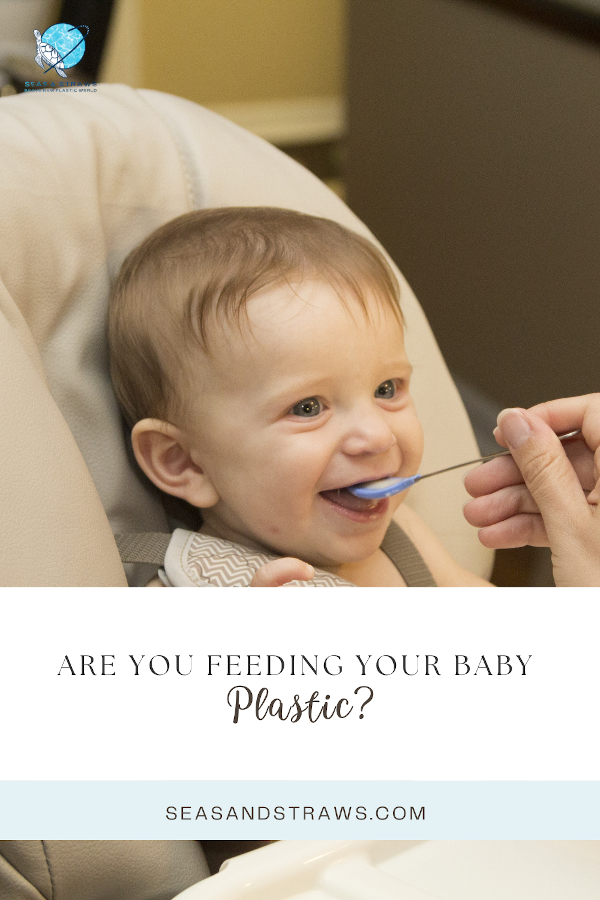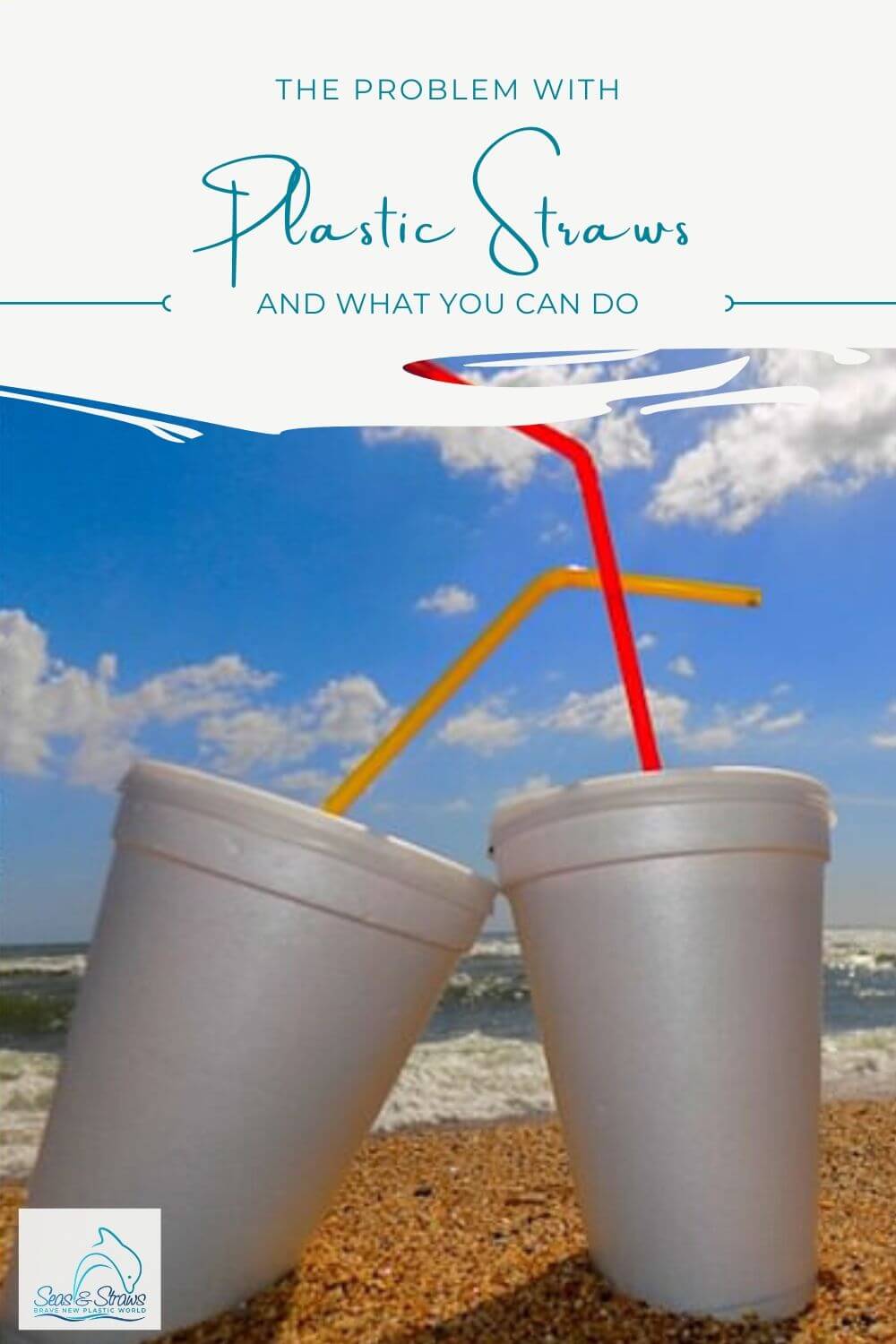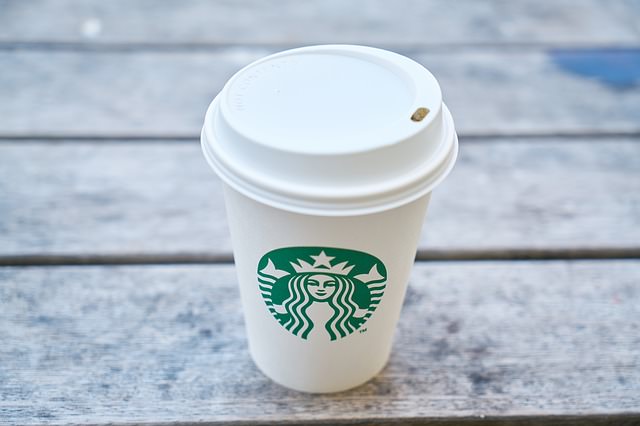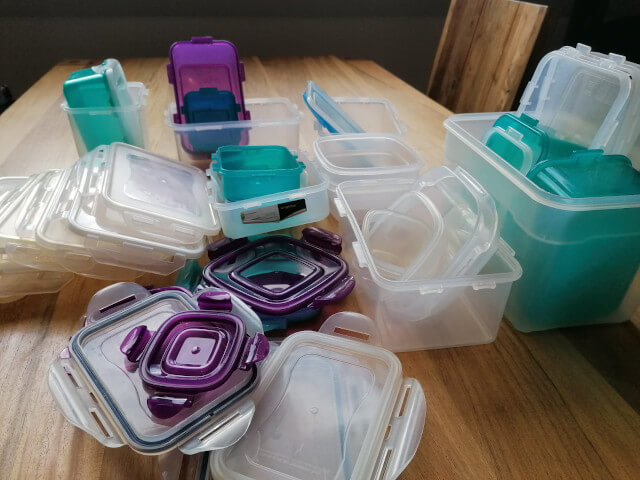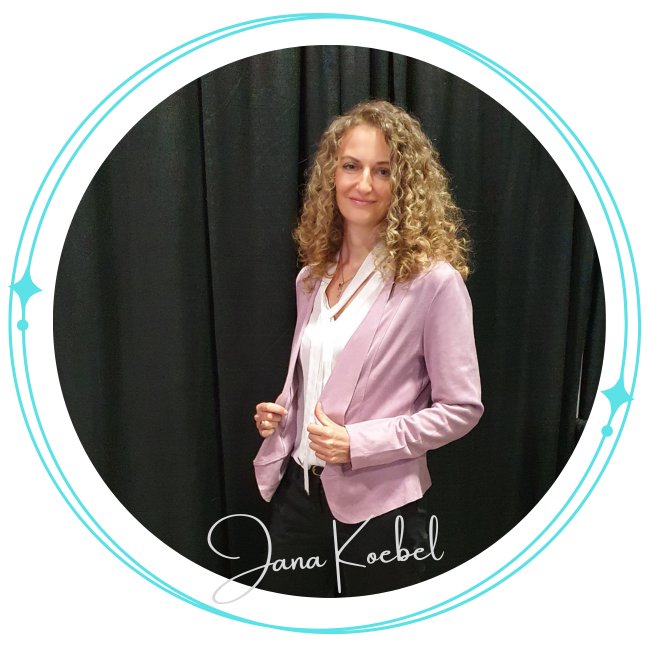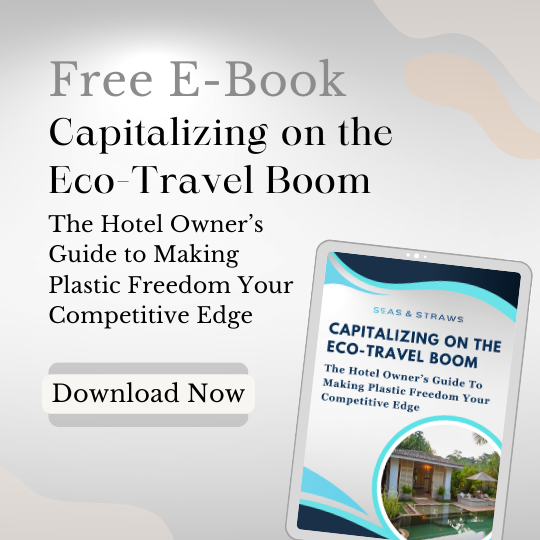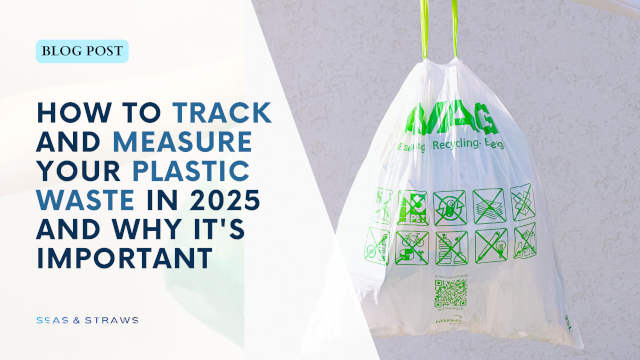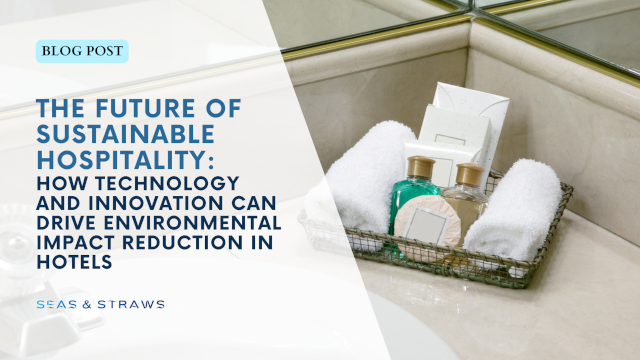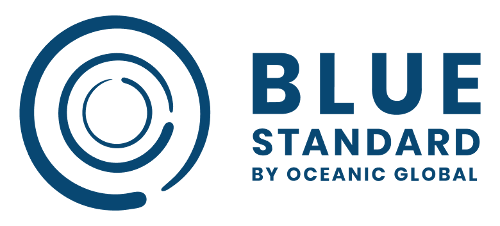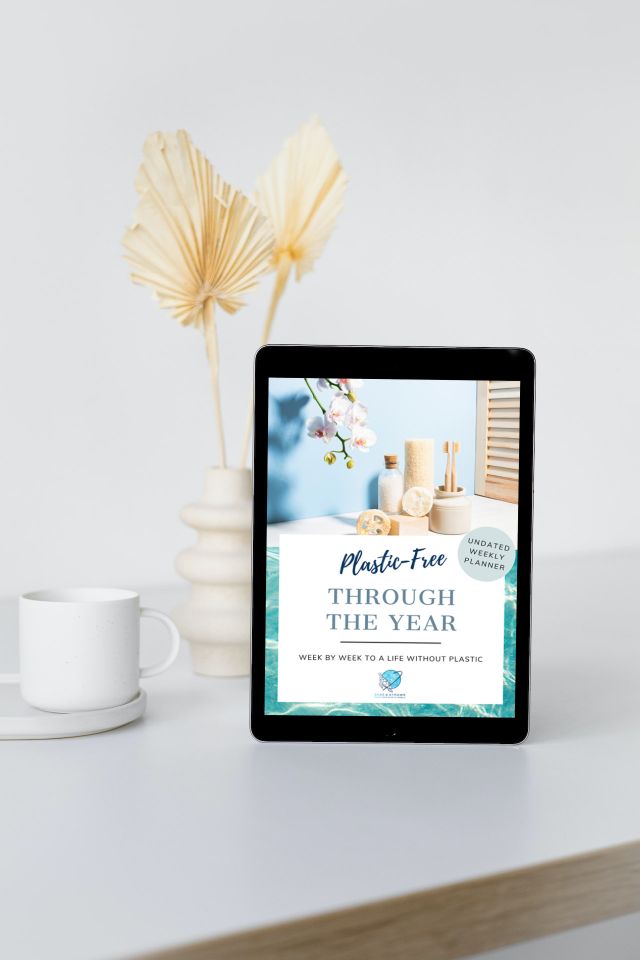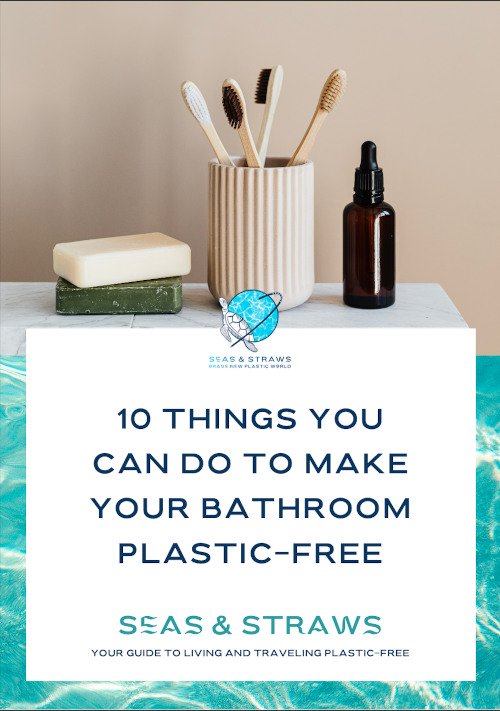- Home
- Plastic-Free Home
- Feeding Your Baby Plastic
You Might Be Feeding Your Baby Plastic
A recent study found that one-year-old babies have up to ten times more microplastics in their bodies than adults - even some newborns' stools contained microplastics. Let’s break down how you might be feeding your baby plastic, and how to prevent it.
What kind of plastic are you feeding your baby?
Microplastics are tiny plastic particles smaller than 5 mm in size. There are two types of microplastics: primary microplastics are tiny, such as microbeads found in personal care items. Secondary microplastic, on the other hand, is initially a larger plastic product, such as a plastic bag that degrades over time into microplastic particles.
How does plastic get into your baby?
Plastic toys
Babies love to put practically everything in their mouths, including the toys we buy them. Unfortunately, as consumers, we rely too much on manufacturers to ensure that their products are perfectly safe - which they are not, especially if they are made of plastic. In the study conducted on babies' exposure to microplastics, plastic toys were one of the main culprits.
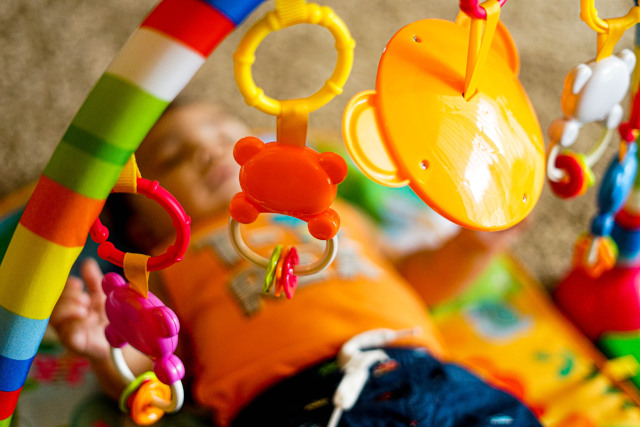 Plastic toys are not safe for our babys.
Plastic toys are not safe for our babys.plastic Baby Bottles
Researchers at Trinity College Dublin tested 10 different types of plastic baby bottles, representing two-thirds of all bottles on the market. They found that all the bottles tested in the laboratory produced between 1.3 million and 16.2 million plastic particles per liter of liquid. This suggests that an average newborn ingests 1.6 million microplastic particles per day, when taking into account infant formula consumption and breastfeeding around the world. In North America, that number is 2.3 million particles per day. In Europe, it is 2.6 million, and in France, the Netherlands and Belgium, it can be as high as 4 million. If you use plastic bottles, you are literally feeding your baby plastic.
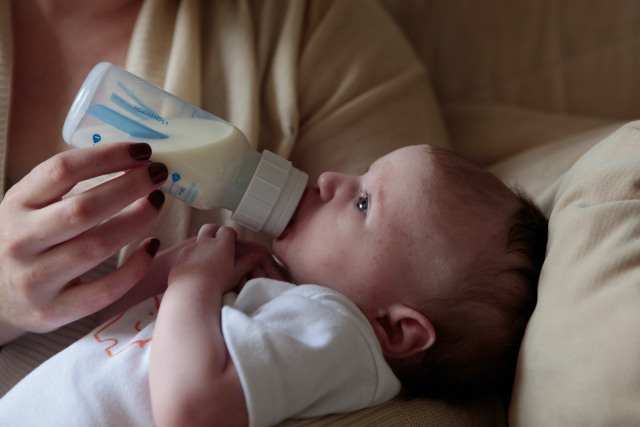 Plastic baby bottles contain millions of plastic particles.
Plastic baby bottles contain millions of plastic particles.Plastic Household items
If your household uses a lot of plastic, the baby is also exposed to it. Phthalates (a type of chemical most prominent in plastic) are especially common in consumer products. They can be found in many items, including clothing, furniture and shower curtains, baby toys, shampoo, soap, hairspray and nail polish. When these items are exposed to heat and moisture, they break down easily and mix with household dust that settles everywhere. That's why it's so important to switch to a plastic-free life.
What does plastic do to your baby?
Anna Lewis, a doctoral student at Duke University, points out that microplastics often contain endocrine-disrupting chemicals, meaning they affect development and reproduction.
Endocrine disruptors like BPA have also been linked to metabolic and cardiovascular problems. These same substances have also been linked to hormone tumors, infertility, learning disabilities, and possibly autism spectrum disorders.
One study found that children of mothers with the highest levels of phthalates in their urine during the second trimester were almost three times more likely to be diagnosed with ADHD than children of mothers who had much lower levels.
What
can you do to protect your baby?
- Minimize the amount of plastic you use in your home. This will help you avoid the possibility of it being transferred to your babies through the air or water. I've written many guides on this topic, from making your kitchen and bathroom plastic-free, to going zero waste on a budget, to finding zero waste stores in your area to make the process easier.
- Swap out your baby items for natural, plastic-free materials: This includes clothing, toys, baby bottles, baby shampoo, etc. Find a plastic-free alternative for everything your baby uses. Opt for clothing made from natural fabrics like cotton and products designed specifically for babies - because just because it doesn't say plastic doesn't mean it doesn't have any in it (it's the consumer's responsibility to read all the ingredients and fine print).
- Also check out my long article on eco-friendly, plastic-free, non-toxic gifts for kids, where I give you lots and lots of ideas for plastic-free Christmas gifts for your loved ones.
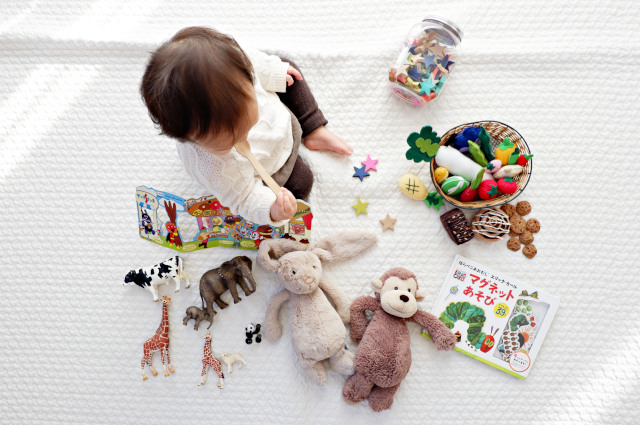 Swap your plastic baby toys for natural, plastic-free materials.
Swap your plastic baby toys for natural, plastic-free materials.Want to make your home toxin-free, healthy and sustainable, too, but not sure where to start?
If you want to make your home toxic-free, healthy and safe for your children but aren't sure where to start, I'd love to help you! Email me on jana@seasandstraws.com or click here. In the meantime, check out my blog post about my Zero-Waste Coaching, here!
